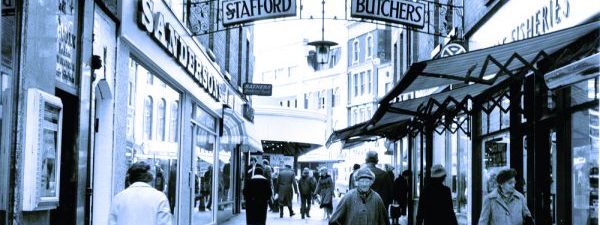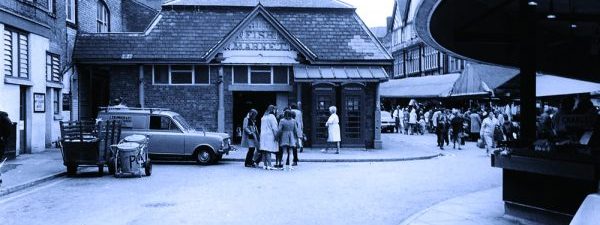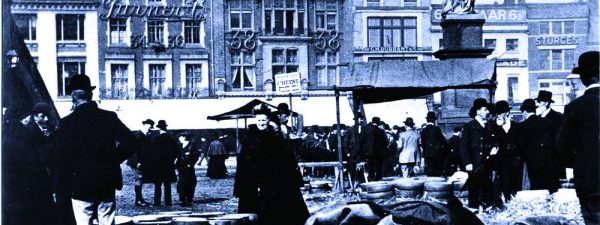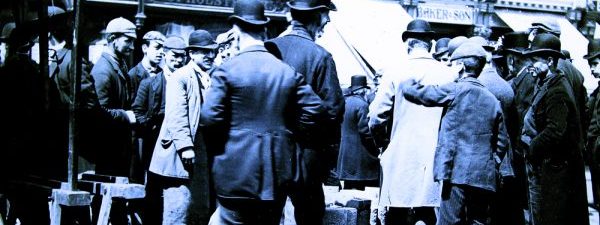



Leicester’s Market has a proud history of over 700 years. The Market Place was first recorded in 1298 and later mentioned by Queen Elizabeth I in a 1589 charter as the “Saturday Shambles.”
Market trading has taken place across several locations in the city; corn was sold at the Saturday Market, Hay outside Eastgate and later in Humberstone Gate. There was a cattle market in Loseby Lane, a swine market at the end of the High Street and a Highcross Wednesday market selling dairy, produce, vegetables and fruit.
By the late 1800s Leicester’s rapid growth meant that selling animals in the city centre was unacceptable. So in 1872 a new cattle market opened on Welford Road and the sheep, horse and swine markets moved there too.
Gradually the Saturday market became busier and by the 1850s it was held on three days each week. In 1884, Wednesday’s Highcross market was moved to the Market Place to join Saturday’s trading day. Leicester’s market now operates six days a week, closing on Sundays.
A social space and political arena
In the early 20th Century Leicester Market was the largest public place in the city and naturally became a place where events took place including political rallies.
These rallies were often led by suffragette Alice Hawkins and unemployment rights activists Amos Sheriff, both of whom are credited with playing major roles in the 100-mile march to London which raised awareness for the plight of the unemployed in 1905.
A paving stone is located in front of the Corn Exchange steps to commemorate this landmark event in Leicester’s history.
A statue of Alice Hawkins was unveiled in February 2018 to mark the centenary of the Representation of the People Act 1918, the act that gave all men and some women the right to vote.
For more information about the history of Leicester Market visit the Story of Leicester Website
